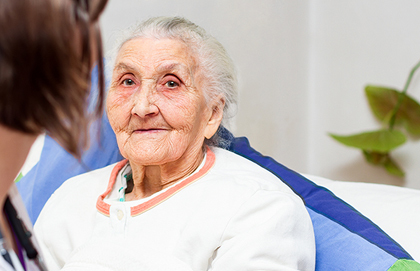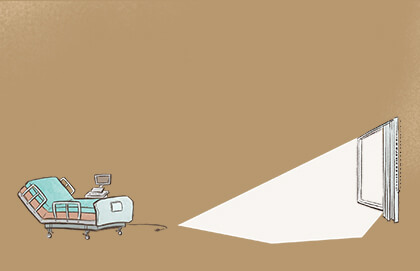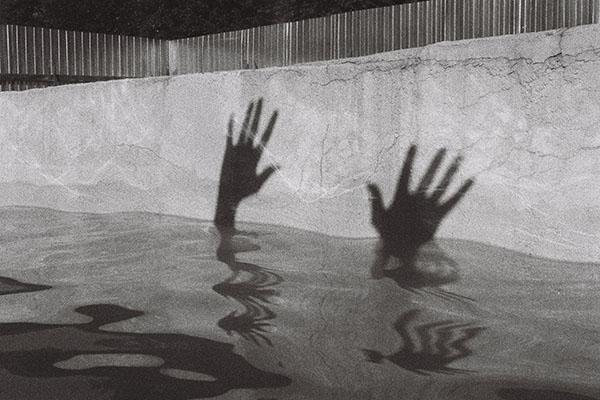The Supreme Court of Canada ruled in Carter vs. Canada that euthanasia and assisted suicide needed to be decriminalized in some circumstances. The Liberal government responded to this decision by introducing Bill C-14, which put some guidelines around the administration of these procedures. Now that Bill C-14 has passed, what can Canadians expect in a post-Carter world? For a glimpse into our future we can look to other jurisdictions that have also opted for such decriminalization.. There is a significant risk that palliative care will continue to be insufficiently funded, and that existing funding will be decreased. Too many Canadians are unaware of the benefits palliative care can bring, physically and emotionally, to them and their families. Palliative care, a term coined by Montreal doctor Balfour Mount, is designed to reduce a patient’s suffering and improve his or her quality of life as they near death. The World Health Organization’s definition of palliative care explicitly states that palliative care seeks neither to postpone nor to hasten natural death. Such care, which can be provided in the patient’s home, provides support and relief for distressed family members and for the patients themselves. In Canada, access to palliative care varies from excellent to extremely poor based on where one lives yet euthanasia is now expected to be available anywhere at the first request. If our healthcare systems have an inexpensive and quick intervention option compared to a more expensive and time-consuming option like palliative care, an already overburdened healthcare system will likely gravitate towards the former. In Switzerland, after Geneva’s University Hospital decided to permit assisted suicide in extreme circumstances, the hospital’s community-based palliative care service was discontinued, and the number of palliative care physicians the hospital employed was also cut. Further, the Liberal government, which promised an additional $3 billion in health funding over the next four years for in-home care (including palliative care) in its 2015 election platform, provided no such funds in this year’s budget. If assisted suicide is becoming an option for end-of-life care, can costlier palliative care successfully compete for budget dollars? In fact, just this spring, there are Canadian palliative care units that have been completely closed and other programs that have suffered drastic budget cuts. Second, we can expect to see cases of euthanasia performed without explicit patient request. The Canadian Medical Association Journal (CMAJ) reported in 2010 that 32% of all assisted deaths (including euthanasia and assisted suicide) in the Flemish region of Belgium in 2007 were caused by euthanasia performed without explicit request by the patient, which is illegal in Belgium. That is, the patients never requested “assistance in dying,” but they did indeed die at someone’s hand. Most of the euthanasia deaths without explicit request were performed on more vulnerable people: older, incompetent patients in hospitals (as opposed to competent patients dying at home). Recently, James Schutten, who lives with Spinal Muscular Atrophy, gave testimony to the Parliamentary committee reviewing Bill C-14. He reported that at times in the hospital, he has heard staff discussing whether it was worth applying extreme measures to save his life. Changing the definition of “medical assistance” to include measures to end life makes intentionally ending life a viable medical option, which means there may be more decisions to end life for patients, whether they are competent enough or not to consent. Third, we can expect abuses of the current regulations surrounding medical assistance in dying. In Belgium, nurses are not legally allowed to administer euthanasia drugs. Yet a 2010 CMAJ study found that 12% of euthanasia injections were administered by nurses. If nurses are administering drugs to kill patients in Belgium even though it is illegal for them to do so, how can we ensure there will not be similar types of abuses of our laws in Canada? Compounding this concern is the reality that there is no independent oversight of those practitioners performing these procedures in any jurisdiction that has legalized assisted dying. Canada is no exception. The practitioners who perform the procedures are the same practitioners that self-report on what has occurred. In short, the doctors pushing the syringes are the doctors filling out the paperwork. Fourth, we can expect a rise in overall suicide rates in Canada. A 2015 article published in the Southern Medical Association Journal found that in each American state where assisted suicide has been legalized, suicide rates (included assisted and non-assisted) have risen by 6.3%. While I hope I am wrong, and Canada becomes a unique outlier among jurisdictions that have legalized euthanasia and assisted suicide, it is unlikely. But time, and data, will tell. For now, we wait.


What does post-Carter Canada look like?
You'll also enjoy...

Palliative Care: Time for a Compassionate Approach
Three documents have come out of this roundtable: an adapted version of the agenda and background documents; a summary of discussion themes; and a backgrounder providing a statistical overview of Palliative Care in Canada ...

MAiD and Modern Medicine
Two years ago, on June 1, 2016, federal Justice Minister Jody Wilson-Raybould was escorted to her seat in front of Canada’s Senate to explain her government's rationale for Bill C-14, a legislative concoction with a name from a high school chemistry class and the full power to transform Canadian society forever.

The HandMAiD’s Toll
As the Senate studies Bill C-7’s dramatic expansion of medical assistance in dying, Anna Nienhuis and André Schutten warn of a MAiD copycat effect on those tempted to suicide.

